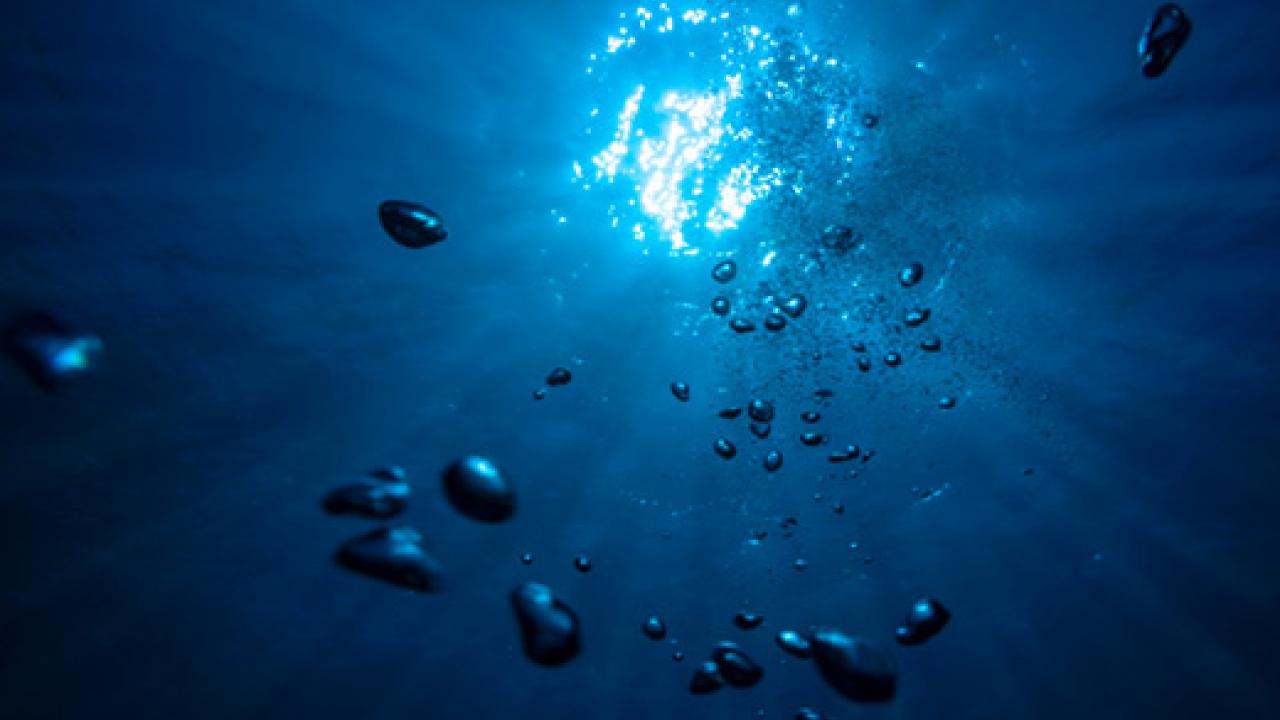Seafloor sediment cores reveal abrupt, extensive loss of oxygen in the ocean when ice sheets melted roughly 10,000-17,000 years ago, according to a study from the University of California, Davis. The findings provide insight into similar changes observed in the ocean today.
In the study, published in the journal PLOS ONE, researchers analyzed marine sediment cores from different world regions to document the extent to which low oxygen zones in the ocean have expanded in the past, due to climate change.
From the subarctic Pacific to the Chilean margins, they found evidence of extreme oxygen loss stretching from the upper ocean to about 3,000 meters deep. In some oceanic regions, such loss took place over a time period of 100 years or less.
“This is a global story that knits these regions together and shows that when you warm the planet rapidly, whole ocean basins can lose oxygen very abruptly and very extensively,” said lead author Sarah Moffitt, a postdoctoral scholar with the UC Davis Bodega Marine Laboratory and formerly a Ph.D. student with the Graduate Group in Ecology.
Marine organisms, from salmon and sardines to crab and oysters, depend on oxygen to exist. Adapting to an ocean environment with rapidly dropping oxygen levels would require a major reorganization of living things and their habitats, much as today polar species on land are retreating to higher, cooler latitudes.
The researchers chose the deglaciation period because it was a time of rising global temperatures, atmospheric carbon dioxide and sea levels — many of the global climate change signs the Earth is experiencing now.
“Our modern ocean is moving into a state that has no precedent in human history,” Moffitt said. “The potential for our oceans to look very, very different in 100-150 years is real. How do you use the best available science to care for these critical resources in the future? Resource managers and conservationists can use science like this to guide a thoughtful, precautionary approach to environmental management.”
The study’s co-authors include: Russell Moffitt with the Marine Conservation Institute; Tessa Hill, professor in the UC Davis Department of Earth and Planetary Sciences and at the Bodega Marine Laboratory; Wilson Sauthoff and Catherine Davis of the Department of Earth and Planetary Sciences; and Kathryn Hewett, UC Davis Department of Civil and Environmental Engineering.
The study arose from a graduate level course that was taught at UC Davis in winter 2013 by Hill. The research was supported by the National Science Foundation.
Media Resources
Kat Kerlin, Research news (emphasis on environmental sciences), 530-750-9195, kekerlin@ucdavis.edu
Sarah Moffitt, UC Davis Bodega Marine Laboratory, (808) 381-9177, semoffitt@ucdavis.edu
